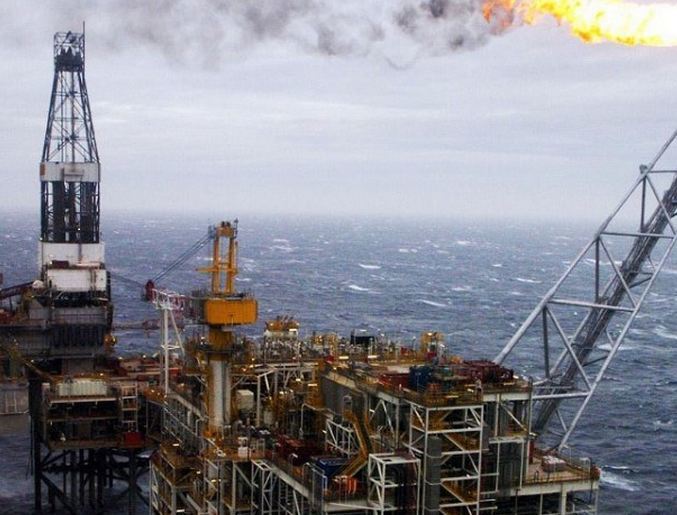
Last year’s catastrophic drop in the price of crude was followed recently by signs of a ‘respite’, when prices appeared to be levelling out around the $60-$65 mark.
This wasn’t the news that the industry was hoping for, but like pulling an aircraft out of a nose-dive, there was some comfort to be had even if the altitude was far short of optimal for efficient flight.
The option to shed weight in exchange for greater efficiency and endurance saw a frenzy of activity as the industry mobilised to identify cost reduction opportunities.
Much of the low hanging fruit has been implemented. However, there is still a wide gap between what has been ‘identified’ and what still needs to be done.
Negotiating or mandating lower rates and abandoning or deferring projects can be achieved relatively easily, but taking things to the next level requires structural change – something deeper and longer-lasting.
Imagine if the cruising altitude of aircraft was forcibly halved overnight.
Engineers would be forced to revisit the fundamentals of aircraft design and there is no doubt that new designs would be radically different to those that exist today.
Continuing to shed weight will yield neither smart nor sustainable solutions, and will very likely begin to affect flight safety.
The more recent slide in the price of crude presses home this point even further.
How much more weight can be shed before the current system is irrevocably damaged?
This is not to say that costs cannot be reduced – of course they can – but not without structural reform and not without an understanding of what real change and implementation mean.
Historically, achieving compliance was seen as the measure of success and considered synonymous with implementation.
Compliance was the trigger to move on and focus efforts elsewhere. Change was sometimes superficial and therefore short-lived.
In better times this approach may have worked, even though it was wasteful and meant having to revisit old ground on a more or less two-year cycle.
This time it won’t – prices are unlikely to recover quickly and when they do, they are unlikely to revert back to the heady days of $100 oil for the foreseeable future.
In other words, turbulence at low altitude is the new order. In this new world the emphasis must be on delivering real change and making it stick.
There are few managers left at middle and grass-roots level who cut their teeth through the turmoil of the late 80s and early 90s, so experience of managing change is also at an all-time low.
Many have only experienced growth with the occasional economic ‘bump’.
At the same time, new and novel operating models are needed to cope with the challenges of ‘low level’ flight.
Flying closer to the ground means developing systems and processes that are more agile and responsive to obstacles hurtling towards you at greater speed.
Flying fast jets requires a different mind-set and skills to flying commercial aircraft at high altitude.
David Delvin is vice president, Energy Industry EMEA and Mark Turek is vice president, Energy Industry EMEA at Hitachi Consulting
